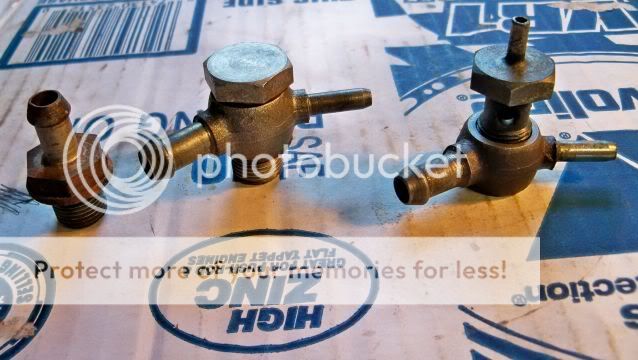sundown
Jedi Hopeful
Offline
I want to check the ignition timing this weekend I have an older craftsmen timing light and rpm/dwell meter I have removed and blocked off all of the emissions stuff the distributor is capped also. I read somewhere in the forum you now need an advance timing light does that mean the one I have is nogood

 Hi Guest!
Hi Guest!

 smilie in place of the real @
smilie in place of the real @
 Pretty Please - add it to our Events forum(s) and add to the calendar! >>
Pretty Please - add it to our Events forum(s) and add to the calendar! >> 

